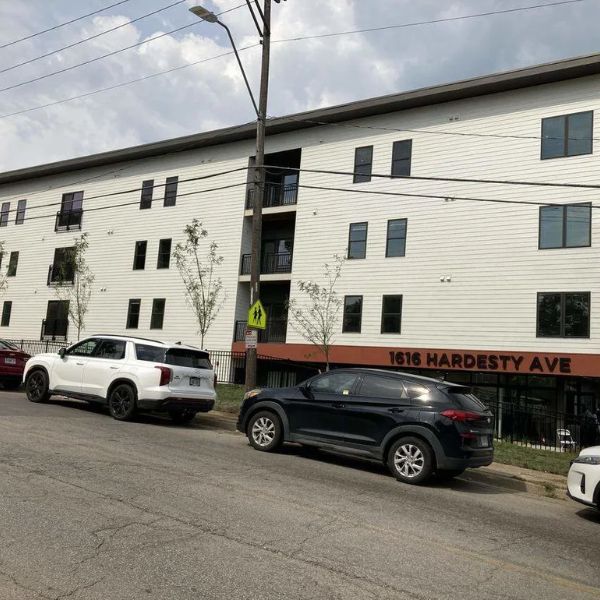Federal funding reductions could impact families, landlords, and local economies.
The Trump administration is seeking a 43% cut to a key federal housing-assistance program, a move experts at Metropolitan State University of Denver say could leave thousands of Coloradans without homes, destabilizing families and adding strain to the state’s rental market.
The program, known nationally as Section 8, helps low-income households cover the gap between their income and market-rate rent. In Denver County, this is managed through the Denver Housing Authority’s Housing Choice Voucher, which channels Section 8 funds to qualified families.
Across Colorado, more than 33,000 households depend on Section 8 for stable housing.
The proposal requires congressional approval, with the fiscal 2026 budget now under debate. Current House and Senate versions would preserve the voucher program, but uncertainty over its fate is slowing progress on some affordable housing projects.
Without subsidies, many families using vouchers could be unable to pay rent, warned Andy Proctor, director of the FHLBank Topeka Affordable Housing Institute at MSU Denver.
“Every one of the 33,000 households in Colorado that depend on Section 8 is a family — whether that’s a family of one or five,” Proctor said. “These are real people whose housing stability is on the line.”
More Than Just Rent: The Hidden Cost of Cuts
Christina Huber, Ph.D., professor of economics at MSU Denver, emphasized that the cuts would hit Colorado’s most vulnerable residents, including low-income families, seniors, and children.
“Even before these cuts, HUD estimates only one in four households that need housing assistance received it,” Huber said. “We’re already failing to meet the demand, and this could make it worse.”
She noted that reduced assistance would ripple through the economy: “These households don’t have much to cut, so they’ll be forced to sacrifice essentials like food, medication, or car repairs to keep up with rent. If they can’t make up the shortfall, they could lose housing.”
Displacement, she added, would have long-term consequences — from children’s school performance to future workforce participation. “There’s a strong link between early-childhood investment and later adult outcomes,” Huber said. “Children in families that are housing-insecure generally grow up with fewer opportunities, less education, and lower earning potential.”
A Threat to Colorado’s Rental Market
Proctor pointed out that Denver’s rental market already has a higher-than-ideal vacancy rate. “A 5% vacancy rate is considered healthy, but right now, we’re closer to 7%,” he said.
Losing Section 8 tenants could leave units vacant for longer, making it harder for property owners to repay loans and shifting risk to financial institutions. “This isn’t just about tenants,” Proctor said. “It’s about landlords, banks, apartment maintenance workers, and city governments that depend on property taxes.”
Huber agreed, noting that landlords and builders rely on Section 8 to keep occupancy steady. Without it, construction of new affordable housing could slow or stop, and some investors might pull back entirely.
This could be especially damaging in areas where affordable housing already falls short. “If workers are pushed out, local businesses could struggle to hire,” Huber said. “The economic impact will go far beyond housing.”
The Burden Shifts — But Doesn’t Disappear
Huber stressed that the cost of Section 8 doesn’t vanish if it’s cut; it simply moves elsewhere. “If the federal government steps back, state and local governments are expected to fill the gap. That means taxpayers will still foot the bill in some form,” she said.
“If the state doesn’t step in, the strain shifts to other safety-net systems like emergency rooms, food assistance, and shelters,” she added. “Those systems are already stretched thin.”
This article has been carefully fact-checked by our editorial team to ensure accuracy and eliminate any misleading information. We are committed to maintaining the highest standards of integrity in our content.

Katie is a senior who has been on staff for three years. Her favorite type of stories to write is reviews and features. Katie’s favorite ice cream flavor is strawberry.















Leave a Reply